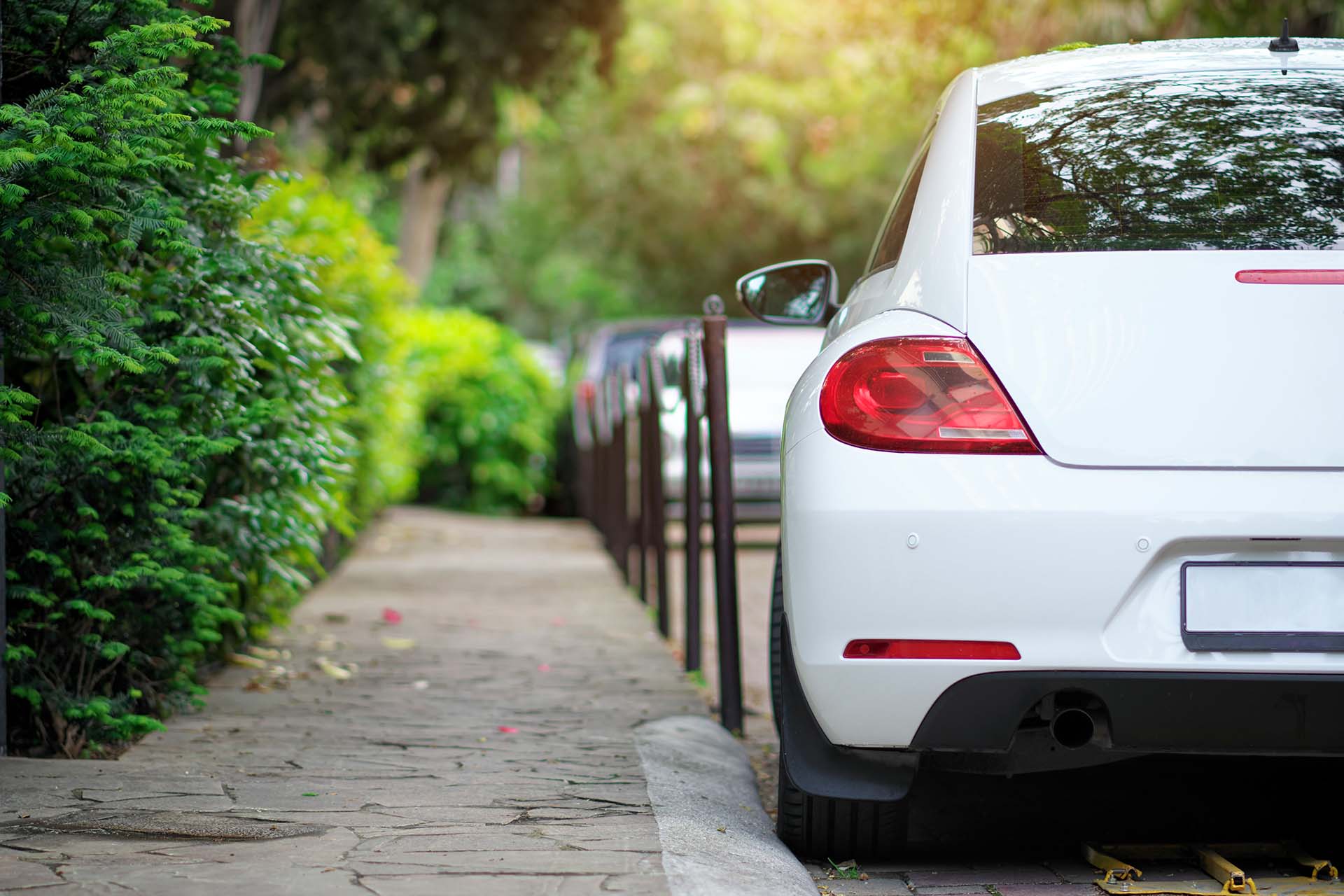
In a world where more Canadians are working from home, taking transit, or even just driving less for environmental reasons, a growing number of vehicles are spending more time parked than on the move.
While that might sound like a good thing – less wear and tear, fewer fill-ups – the truth is, your car doesn’t like being left unused.
Vehicles are made to be driven.
When they sit unused for extended periods, a number of subtle (and not-so-subtle) problems can creep in, from drained batteries and flat-spotted tires to rust, rodents, and degraded fluids.
Whether you’re a remote worker, snowbird, or seasonal driver, it’s important to understand how infrequent driving can harm your car and what steps you can take to prevent long-term damage.
Battery Drain: The Silent Killer
One of the first issues that crops up when a car is left unused for too long is a dead battery.
Even when the vehicle is off, onboard systems (like alarm systems, computers, and clocks) continue to draw a small amount of power. Over time – especially in cold weather – this slow drain can kill your battery completely.
Signs your battery is draining:
- Your car won’t start or is slow to crank
- Warning lights flicker or dashboard is dim
- Electronic features (like key fobs or remote start) stop working
How to prevent it:
- Start your car at least once a week and let it run for 10-15 minutes (ideally with a short drive)
- Use a trickle charger or battery maintainer if your vehicle will be parked for more than two weeks
- In extreme cold, disconnect the battery if you won’t be driving for an extended period
Tire Flat-Spotting: A Rough Start
When a car sits for too long in one place, the weight of the vehicle pressing down on the same spot of each tire can cause the rubber to flatten out – creating flat spots.
These flat spots can make your next drive feel bumpy and unbalanced, and in some cases, can permanently damage the tire.
How to prevent it:
- Drive the car at least once every two weeks, even for just 15-20 minutes
- Inflate your tires to the manufacturer’s recommended PSI
- For long-term storage, consider using tire cradles or jacking the car up to remove weight from the tires
Rodent Intrusion: Uninvited Passengers
When a car is parked in one spot for weeks or months, especially in garages, barns, or near wooded areas, it can become a cozy hideout for rodents.
Mice, squirrels, and other critters often seek shelter under the hood or in the cabin and may chew through wires, insulation, or even airbags.
Signs of rodent damage:
- Droppings or nesting material under the hood or seats
- Chewed wires or strange smells
- Warning lights for sensors or airbags
How to prevent it:
- Keep the area around your vehicle clear of food waste, compost bins, or tall grass
- Use rodent repellent sprays or mothballs near the wheels or under the hood
- For stored vehicles, consider placing steel wool or screens over the tailpipe and air intake
Rust and Corrosion: The Slow Creeper
Moisture is one of your vehicle’s worst enemies, and if a car sits unused in a damp garage or driveway, rust can begin to form on the undercarriage, brake components, and even on the body panels.
Problem areas:
- Brake rotors (can rust within a few days)
- Exhaust system
- Undercarriage and wheel wells
How to prevent it:
- Move the vehicle regularly, even just up and down the driveway
- Wash your vehicle after rain or snow, especially in winter (salt accelerates corrosion)
- Apply a protective wax or undercoating before long periods of inactivity
Fluid Degradation And Leaks
When a car isn’t driven, its fluids – including oil, coolant, transmission fluid, and brake fluid – can degrade or separate.
Condensation may also build up in the tank or engine, potentially leading to rust in internal systems or fluid leaks once the vehicle is back in use.
How to prevent it:
- Change your oil regularly, even if you don’t hit the mileage interval
- Use fuel stabilizer if storing your car for more than a month
- Run the engine long enough to bring it to operating temperature weekly to keep fluids circulating
- Top off all fluids before parking the car long-term
Brake Seizure: When Your Brakes Stick
If your car sits still for too long, especially in damp or snowy weather, the brake pads can stick to the rotors, making it difficult or even dangerous to move the vehicle.
Signs of seized brakes:
- A loud clunk or resistance when you try to drive
- Grinding sounds
- Warning lights on the dash
How to prevent it:
- Release the parking brake if the car is parked on flat ground and will be parked for long-term
- Drive the car briefly every few days to keep brake components moving
- After rainy or snowy weather, dry the brakes by lightly applying them during a short drive
Interior Wear And Fading
Even the interior of your car can suffer when the vehicle isn’t used often. Sunlight through the windows can cause the dashboard, seats, and trim to fade or crack over time, while stale air or moisture can lead to musty smells or mould.
How to protect the interior:
- Use a sunshade or cover your car if it’s parked outside
- Crack the windows slightly (if safe) to allow airflow
- Clean the interior thoroughly before long-term parking
- Place moisture absorbers inside to prevent odours and mould
Best Practices for Storing A Car Long-Term
If you plan to leave your vehicle unused for a month or more, take these steps to avoid damage and costly repairs later:
Fill the gas tank and add fuel stabilizer
Change the oil and top off fluids
Inflate tires to recommended pressure
Wash and wax the exterior
Disconnect or maintain the battery
Cover the car or store it indoors
Place rodent deterrents around the vehicle
Leave a note on the steering wheel reminding yourself of anything you disabled (like the battery)
Keep It Moving
While it might seem like parking your car and leaving it alone is giving it a rest, the opposite is often true.
Infrequent driving can slowly degrade your vehicle in ways that aren’t always visible, until it’s too late.
Fortunately, with a few preventative steps and a bit of regular attention, you can keep your car in top shape even if you’re only using it occasionally.
Whether you’re a seasonal driver, remote worker, or simply travelling less these days, treat your parked car with care; it’ll thank you with smoother starts, fewer repair bills, and a longer lifespan.





